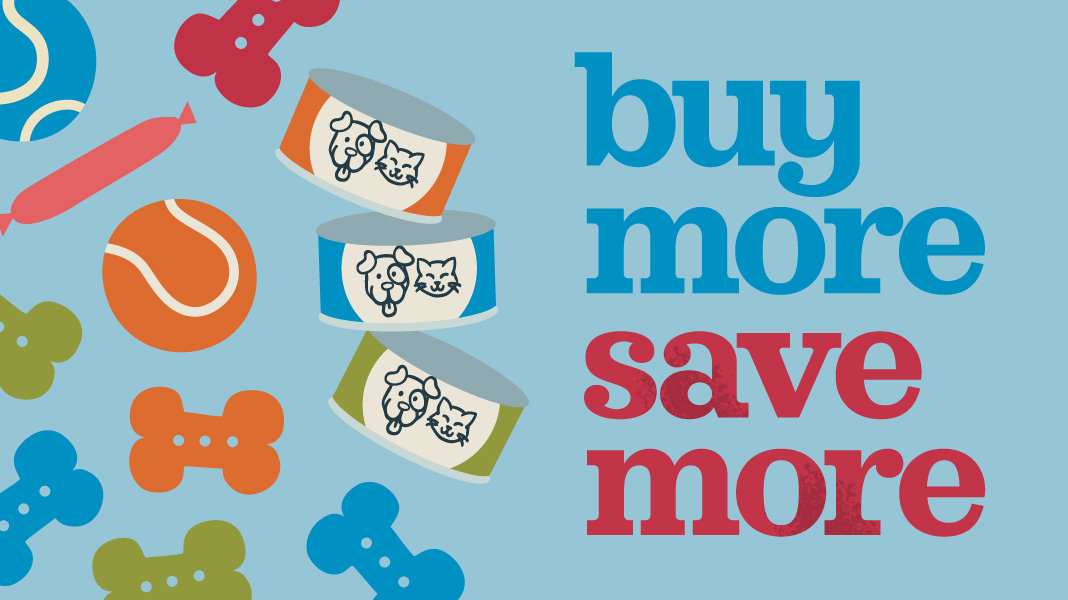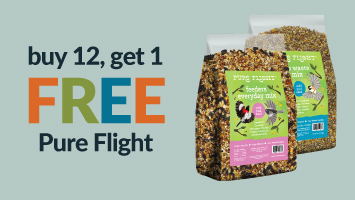Transition Your Pet to a Raw Diet
Posted by Chow Hound Pet Supplies on Jun 19th 2024
Transitioning your pet to a raw diet can be beneficial. To ensure their health and well-being, below is a structured weekly plan to help you smoothly shift your pet to a raw diet:
Week 1: Research and Preparation- Research: Educate yourself on the principles of a raw diet for pets. Understand the nutritional requirements and potential benefits.
- Choose the Right Diet: Choose a raw diet plan that meets your pet’s nutritional needs.
- Start Slowly: Replace a small portion (about 25%) of your pet’s diet with raw food. This minimizes digestive upsets.
- Monitor Closely: Observe your pet’s reaction. Look for any signs of gastrointestinal distress, such as diarrhea or vomiting.
- Increase Proportion: Over the next few days, gradually increase the proportion of raw food while decreasing the old diet.
- Balance the Diet: Ensure your pet gets a balanced diet. Include a variety of proteins (muscle meat, organ meat, bones) and supplements if necessary.
- Monitor Health: Watch for changes in your pet’s coat, energy levels, and overall well-being. Based on their response, adjust the diet as needed.
- Complete Switch: Your pet should fully transition to a raw diet. Their digestive system should have adjusted to the new food.
- Review and Adjust: Reflect on your pet’s health and energy levels and make any necessary adjustments to the diet composition.
- Regular Vet Checks: Schedule regular check-ups to monitor your dog’s health and ensure the raw diet meets their nutritional needs.
- Safe Handling: Practice safe food handling to prevent contamination and ensure food safety for your pet and your family.
- Educate Yourself: Stay informed about developments in raw feeding and pet nutritional requirements.
- Patience is Key: Every pet is different so that the transition timeline may vary.
- Quality Matters: Invest in high-quality raw food to ensure it meets nutritional standards.
- Variety is Important: Rotate proteins and include a range of nutrients for a balanced diet.
- Seek Support: Join raw feeding communities or forums for advice and support from experienced raw feeders.
Transitioning your pet to a raw diet requires careful planning and monitoring, but the right approach can improve its overall health and vitality.






